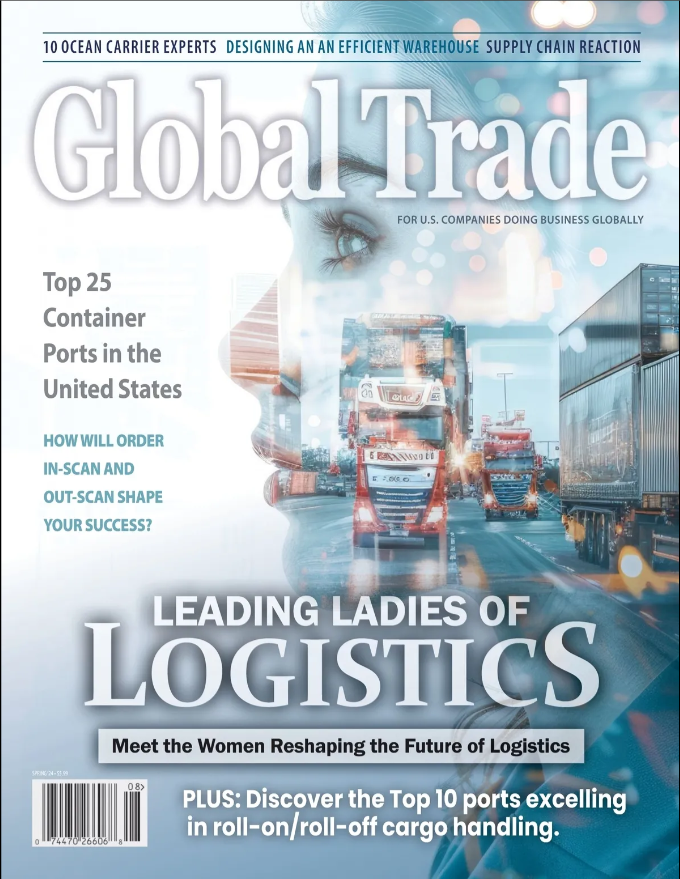How top 3PLs are Automating Warehouse Cross Docking
Cross docking requires the ability to validate and accept incoming stock with accuracy and speed and consolidate outgoing consignments based on last-mile destinations,”
— Shaun Hagen, CartonCloud COO/ Head of North America
With the right management and workflows in place, implementing cross docking can save you hours, and reduce costly storage overheads. So what is cross docking, and how does it work?
Cross docking (and transloading) is used frequently in American logistics and global supply chains to optimize delivery routes and transport legs, and reduce unnecessary warehouse storage periods.
Logistics software provider CartonCloud summarizes cross docking as where a staging area within a warehouse is used for short-term holding, as stock is sorted, collated and assigned to outgoing runs based on delivery location. When implemented correctly, cross docking can provide the ability to optimize your supply chain to be as fast and productive as possible. However, navigating incoming stock, handling stock in staging, and collating stock to outgoing runs to optimize truck load and last-mile delivery can be extremely complex.
Many American logistics businesses use the trusty pen and paper for cross docking operations, even when they have a WMS in place for other warehouse operations — however, paper records can be notoriously inaccurate, and create hours of admin time to manually enter data into warehouse systems after the fact. So why are warehouses still using paper? The recent Q1 2023 CCLI industry survey found a staggering 97% of companies currently use paper records for at least one operation in their day-to-day business.
The nature of cross docking requires fast processing and allocations, and clear, concise reporting in real-time — something a lot of WMS software providers are unable to deliver, and paper processes miss the mark on. Having the ability to automate the process with cloud-based software saves time and increases accuracy. Until now.
“For cross docking, you need to have the ability to easily validate and accept incoming stock with accuracy and speed— and also have the ability to consolidate and allocate to outgoing consignments for delivery, based on their last-mile destinations,” explains CartonCloud’s COO/ Head of America Shaun Hagen.
“We work with a range of logistics providers to help them streamline their cross docking operations, ultimately moving them off pen and paper or other platforms, to use barcode scanning and automated allocation— which boosts their accuracy and saves a huge amount of time.”
Many American and global supply chains often have freight passing through several warehouses before it is assigned to the delivery run for its final destination. Cross docking removes unnecessary miles and storage periods, by optimizing delivery runs based on grouped end destinations.
Mr Hagen explained using the cloud-based system to automate data entry and streamline freight validation and order details for optimized cross docking can maximize supply chain efficiency by coordinating outgoing stock within combined transport consignments.
Ohio-based 3PL warehouse ODW use CartonCloud for cross dock operations and contract logistics order charge capture.
“It has been valuable both as a stand-alone WMS and a complement to our own WMS,” said ODW’s Ms Gates.
Want to know if cross docking is right for your business? CartonCloud’s powerful cross dock features provide logistics businesses across the United States and North America with transparency over incoming stock, in order to manage and track stock sorting and movement. Find out more at www.cartoncloud.com, and book a FREE DEMO today to see the system in action.





Leave a Reply